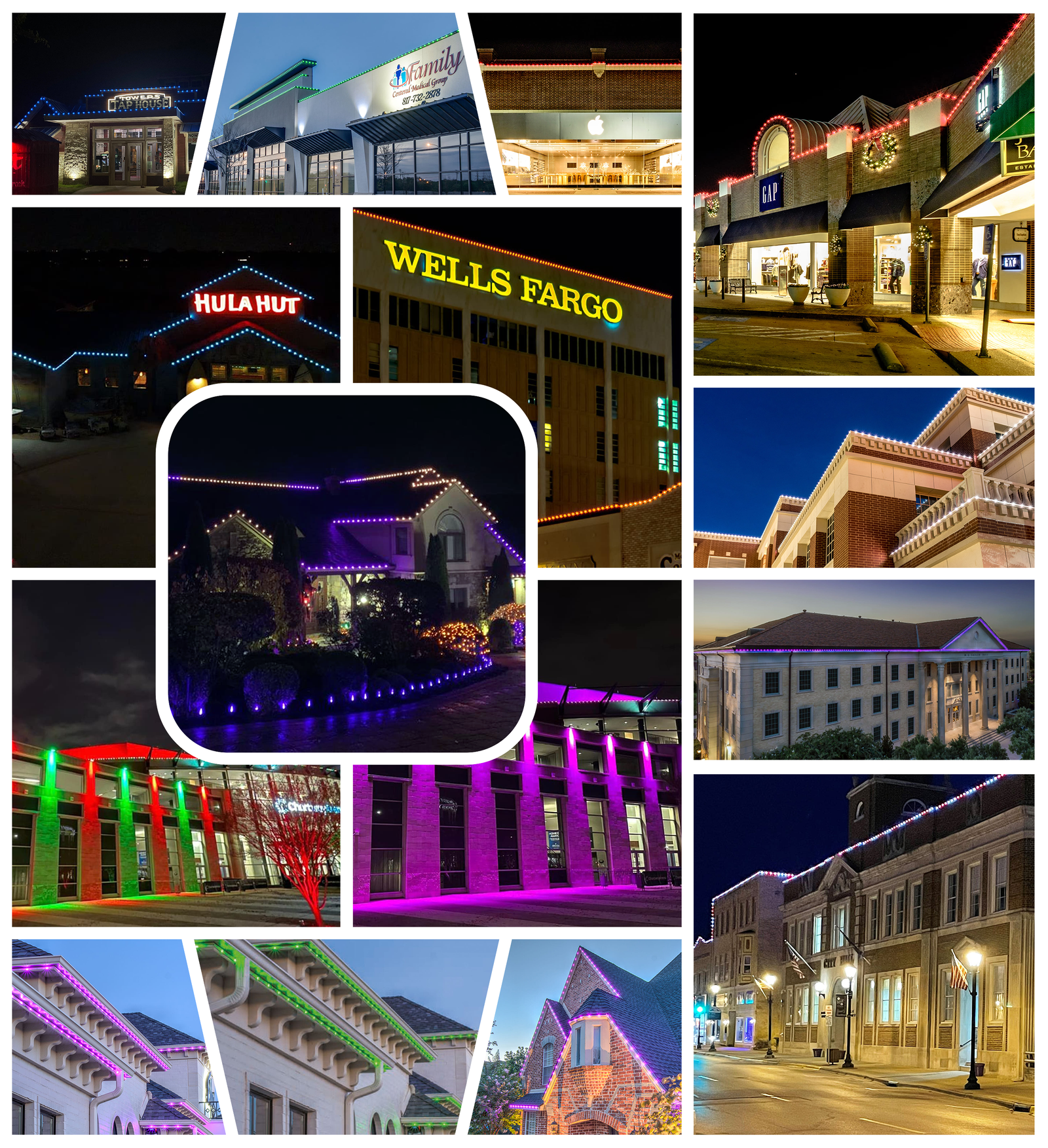In the ever-evolving landscape of urban development, smart cities are leading the way towards a brighter and safer future. With a focus on sustainable practices and enhanced quality of life, municipalities are adopting innovative outdoor lighting solutions to transform their urban spaces. From energy-efficient LED streetlights to smart control systems, these technologies offer immense benefits for both residents and the environment. In this blog post, we will explore the various aspects of municipality outdoor lighting solutions, their advantages, and how they contribute to the overall vision of a smart city.
I. Energy-Efficient LED Streetlights: Sustainability

Traditional street lighting consumes significant amounts of energy and contributes to light pollution. LED streetlights, on the other hand, offer a sustainable alternative with remarkable benefits for smart cities.
- Long-lasting and Energy-efficient: LED streetlights have an impressive lifespan and consume significantly less energy compared to traditional lighting solutions, resulting in reduced carbon emissions and cost savings for municipalities.
- Improved Visibility and Safety: LED technology provides better color rendering and uniform illumination, enhancing visibility and improving safety for pedestrians and drivers.
- Smart Control Systems Integration: LED streetlights can be integrated into smart control systems, allowing remote monitoring, dimming, and adaptive lighting based on real-time data, further optimizing energy usage and enhancing efficiency.
II. Intelligent Lighting Control Systems: Better Control
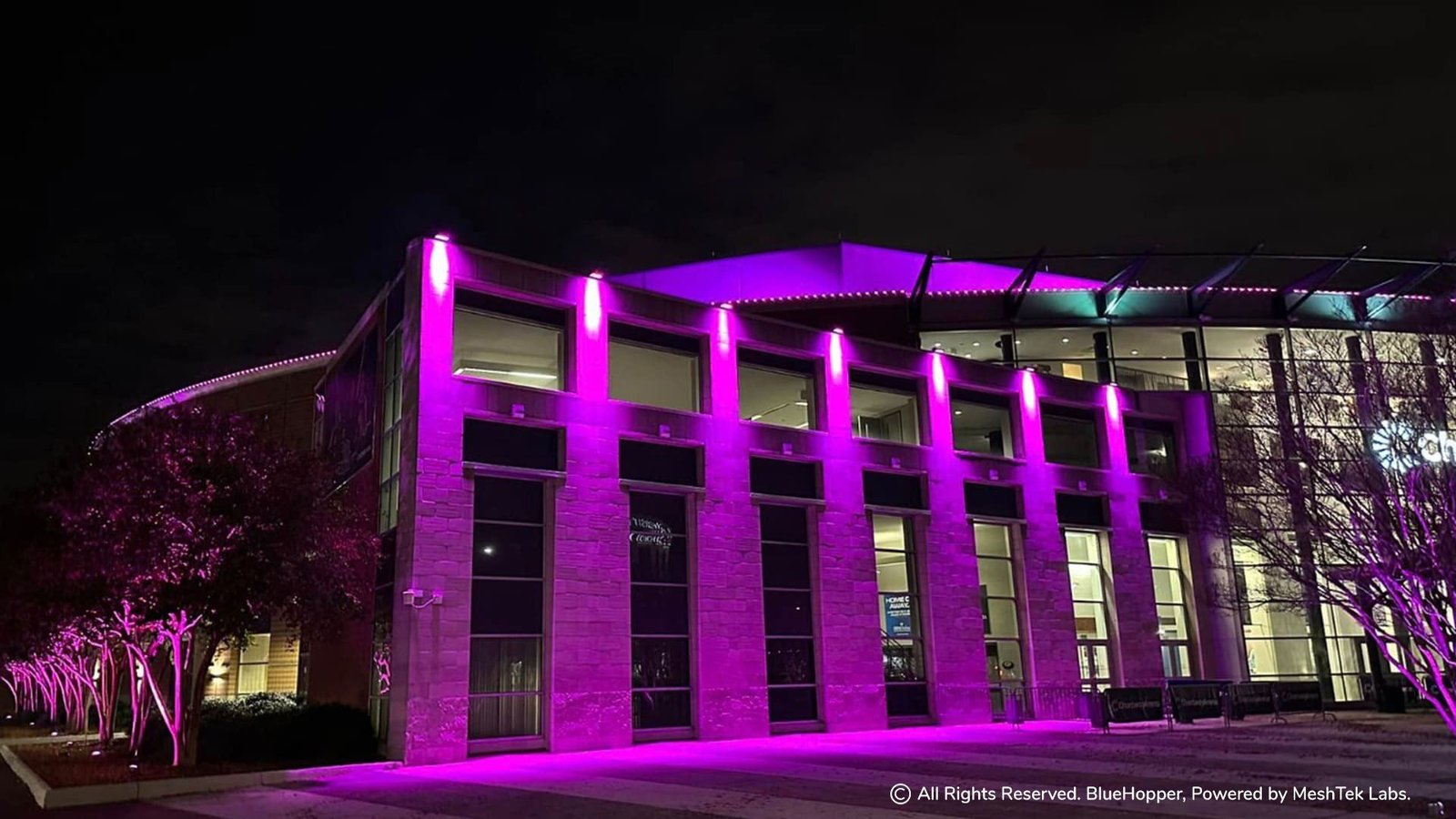
Smart cities require intelligent lighting control systems to maximize efficiency, enhance safety, and create dynamic lighting environments that adapt to the needs of the community.
- Remote Monitoring and Control: Smart lighting control systems enable remote monitoring, diagnostics, and control of individual luminaires or groups of lights. This allows municipalities to detect faults, adjust brightness levels, and optimize maintenance efforts.
- Adaptive Lighting: By incorporating sensors and real-time data analysis, smart lighting systems can adjust illumination levels based on factors such as pedestrian traffic, weather conditions, or time of day. This ensures optimal lighting while reducing energy waste.
- Enhanced Safety Features: Intelligent lighting control systems can integrate features like motion sensors, surveillance cameras, and emergency response systems, contributing to improved safety and security within the city.
Do you want to Install Permanent Outdoor Light!
BlueHopper Lighting and it is evident from all out permanent outdoor lighting products
III. Connected Street Lighting for Building a Network of Lights
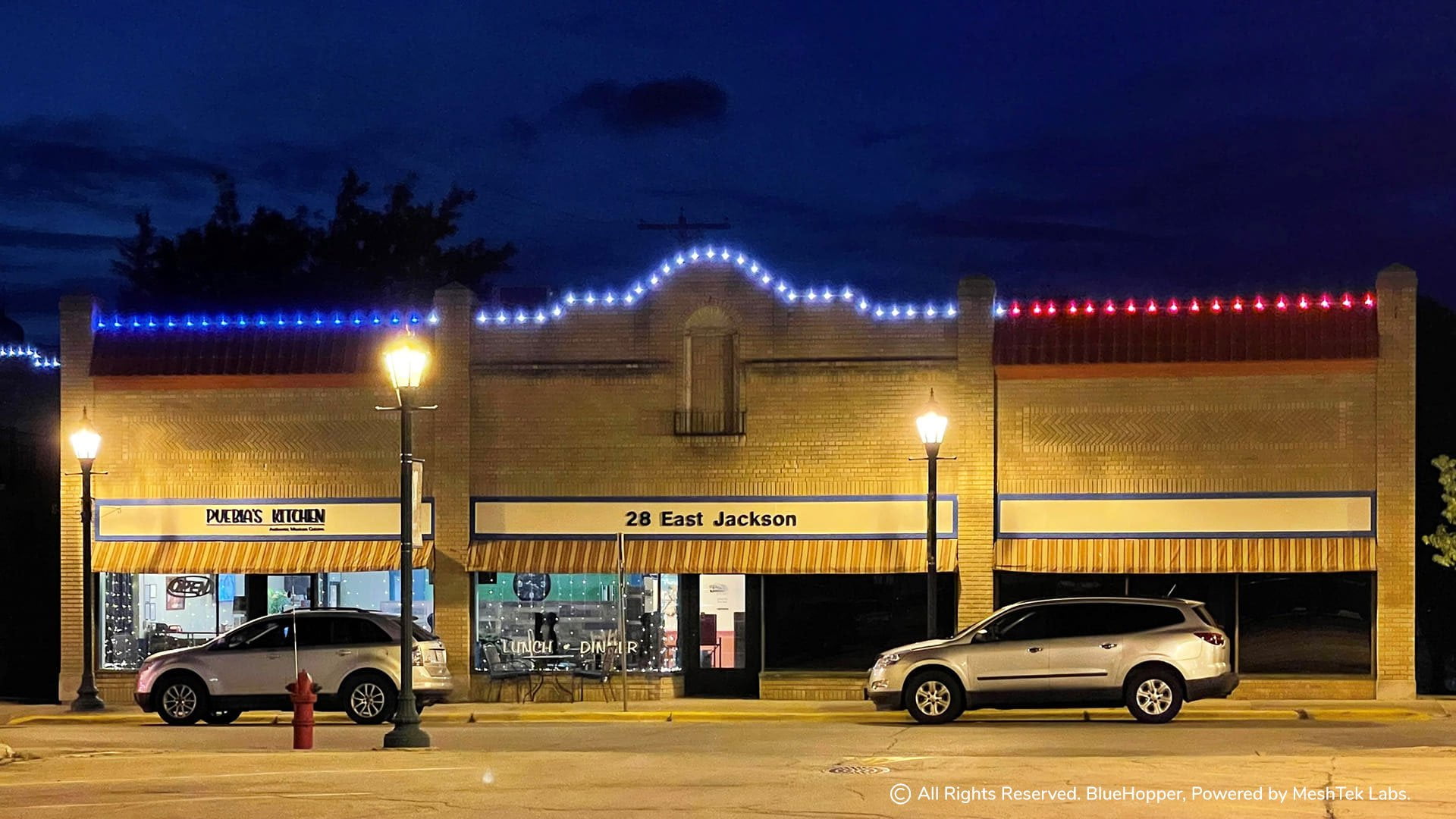
Connected street lighting, a crucial component of smart cities, establishes a network of interconnected luminaires, allowing seamless communication, monitoring, and control.
- Centralized Management: Connected street lighting systems enable centralized management and control, providing municipalities with real-time insights, diagnostics, and the ability to remotely adjust lighting parameters.
- Predictive Maintenance: Through constant monitoring, connected lighting systems can identify potential failures or issues, enabling proactive maintenance measures and minimizing downtime.
- Data-driven Insights: By collecting and analyzing data from connected luminaires, municipalities can gain valuable insights into energy consumption, usage patterns, and operational efficiency. This information aids in making informed decisions for future planning and optimization.
Don’t miss out on the best time to engage with BlueHopper!
IV. Smart City Integration: Beyond Lighting
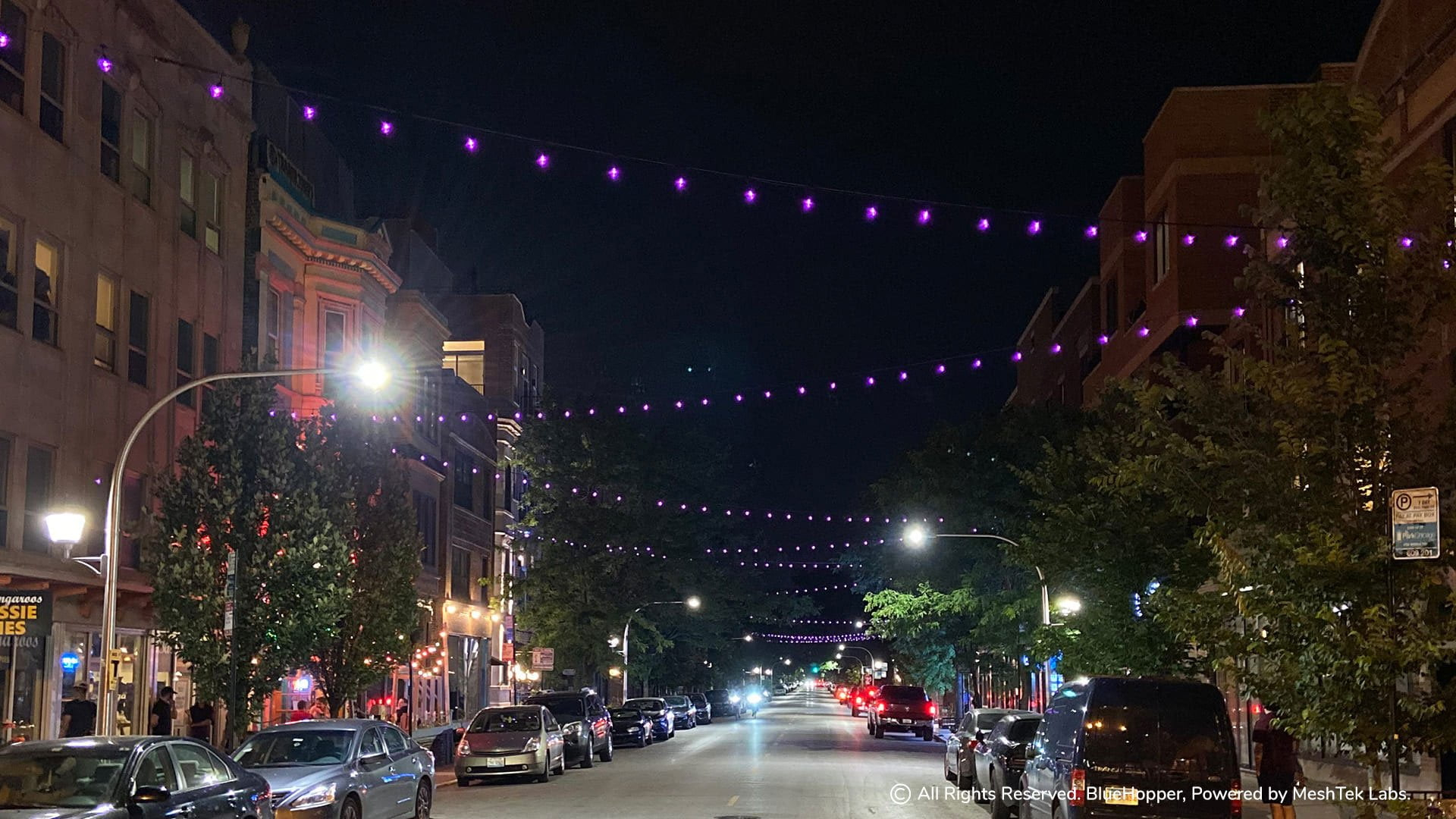
Municipality outdoor lighting solutions play a pivotal role in the overall transformation of smart cities by integrating with other smart city infrastructure and services.
- Environmental Sensors: Lighting infrastructure can be equipped with environmental sensors to monitor air quality, noise levels, or weather conditions, contributing to the overall well-being of citizens.
- Traffic Management: Connected lighting systems can be integrated with traffic management systems, allowing real-time adjustments to lighting levels to enhance visibility and safety on roads.
- Smart Parking: Outdoor lighting infrastructure can be leveraged to monitor and manage parking spaces, guiding drivers to available spots and reducing congestion.
V. Citizen Engagement and Safety: Empowering Communities
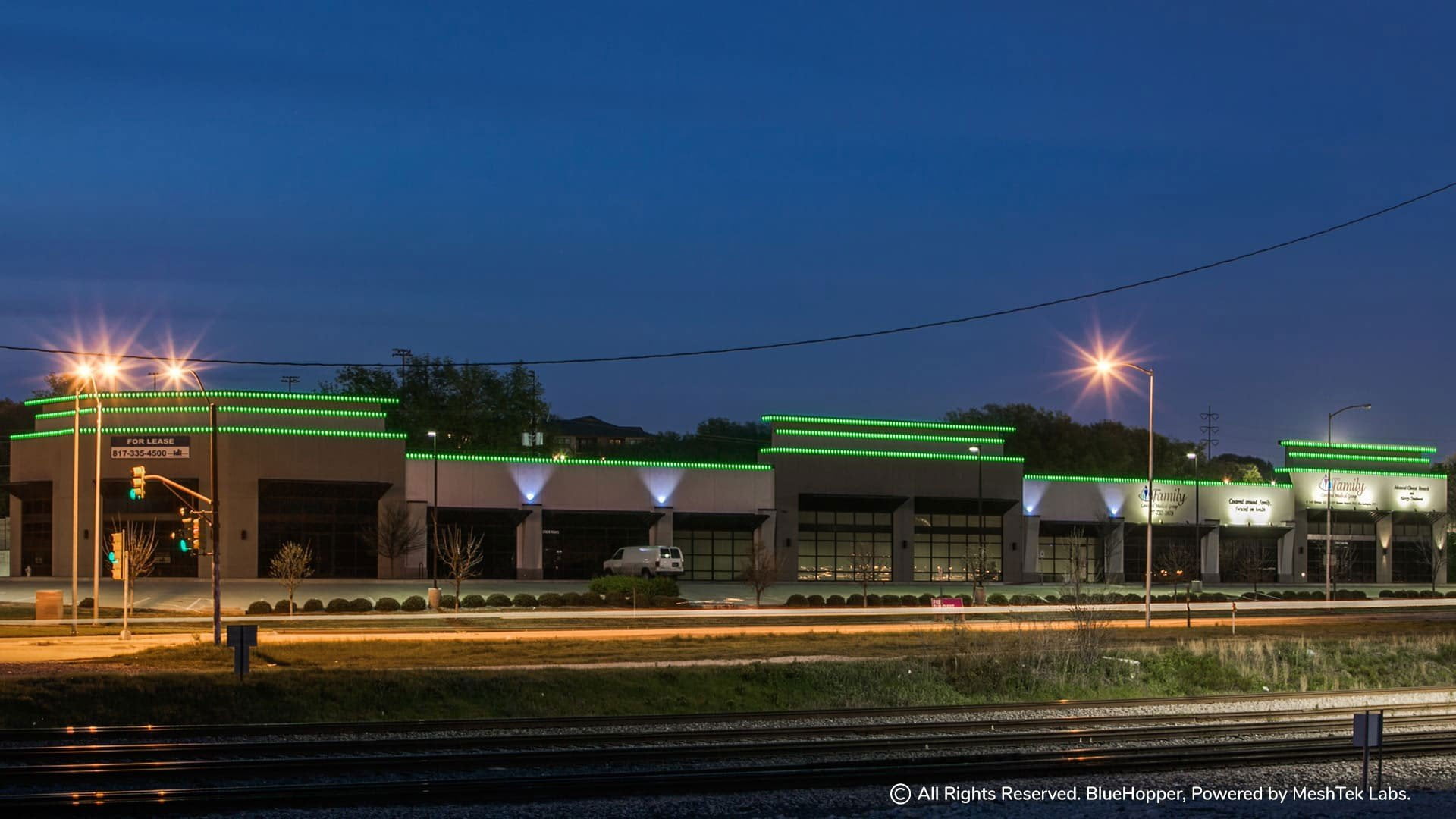
Municipality outdoor lighting solutions not only enhance safety but also foster citizen engagement, creating a sense of community and empowerment.
- Public Spaces and Recreation: Well-lit parks, plazas, and recreational areas promote community engagement and enable residents to enjoy outdoor spaces safely, even after dark.
- Citizen Feedback and Reporting: Smart lighting systems can incorporate citizen feedback mechanisms, allowing residents to report issues, provide suggestions, and actively participate in the improvement of outdoor lighting infrastructure.
- Community-led Initiatives: Municipalities can collaborate with residents and community organizations to implement lighting projects that address specific community needs and enhance neighborhood safety.
VI. Data Analytics and Insights: Illuminating Smart Decision-Making
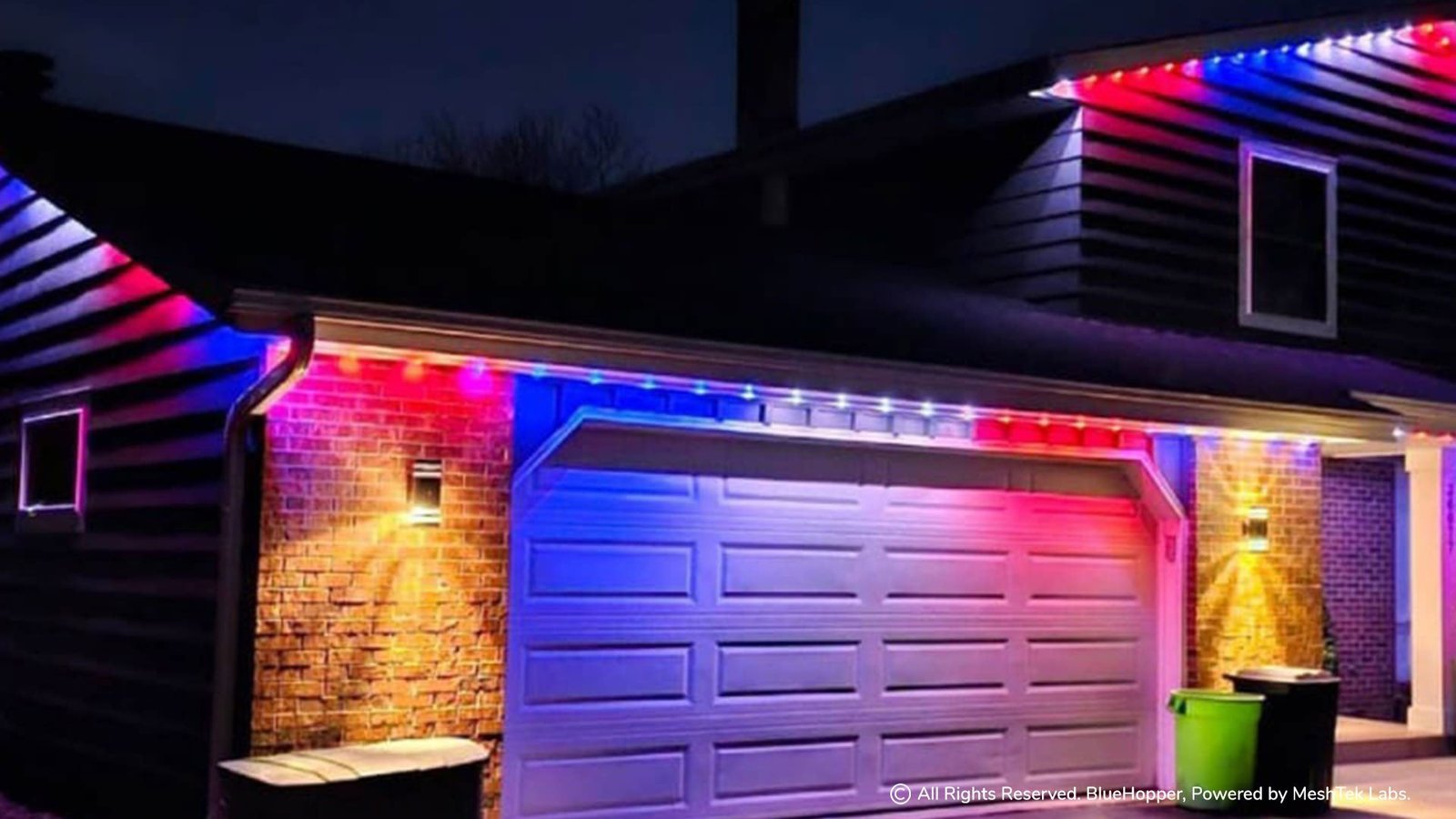
Data analytics plays a crucial role in maximizing the potential of municipality outdoor lighting solutions. By harnessing the power of data, cities can gain valuable insights and make informed decisions for further optimization and resource allocation.
- Energy Consumption Analysis: Data analytics can provide detailed information on energy consumption patterns, identifying areas of high usage and opportunities for energy savings.
- Performance Monitoring: By analyzing lighting performance data, municipalities can assess the efficiency and effectiveness of their outdoor lighting systems, identifying areas for improvement and optimization.
- Usage Patterns and Trends: Data analytics can reveal usage patterns and trends, helping municipalities understand peak hours, seasonal variations, and specific areas with high lighting demand, enabling targeted adjustments and resource allocation.
Conclusion
Municipality outdoor lighting solutions are an essential component of the journey towards building smart cities. By embracing energy-efficient LED streetlights, intelligent lighting control systems, connected street lighting, and integration with other smart city services, municipalities can create brighter, safer, and more sustainable urban environments. As cities continue to evolve and transform, the power of outdoor lighting solutions becomes increasingly evident, improving the quality of life for residents and paving the way for a smarter future.







